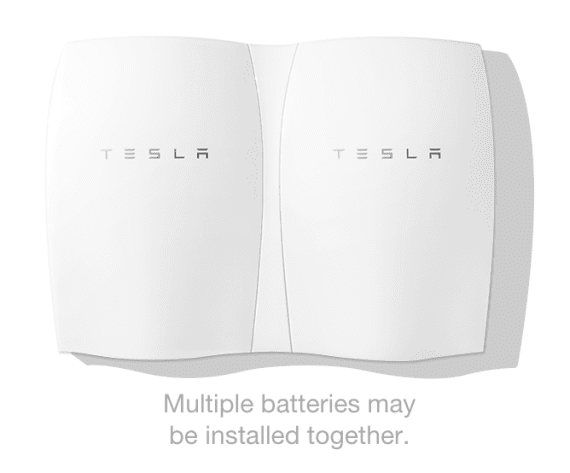Call it the great debate. A new technology that threatens to disrupt a century-old status quo in a trillion dollar industry. Battery storage, teamed with solar, is predicted to do to the energy industry what the internet did to media and mobiles did to the telephone hand set.
There’s really not much debate about that. Consumers, technology developers, retailers, network operators and generators all recognise it. Even the politicians do. The great debate is about when and how quickly this will happen. Some say now and very quick, others are not so sure.
To try and dissect this, and to give as much prominence to differing views, RenewEconomy will run a series of articles looking at various estimates.
We kick off today with investment bank UBS. One of the features of this energy transition has been the close involvement and observation of the financial investment community. This, they believe, is no passing fad. It is fundamental to their assessment risks of hundred of billions, nay trillions, or dollars in energy investment across the globe.
The UBS note on the economics of the Tesla Powerwall comes from their Australian analysts. That’s not surprising, given that Australia will be ground zero for battery storage around the world, thanks to its high electricity costs and massive solar penetration. But it’s also ironic given that the product won’t be available until next year, although some of Tesla’s competitors may try to steal a march beforehand with their own product releases.
The headline conclusion of the UBS team is that the Tesla Powerwall – the 7kWh version – will deliver an economic return. They estimate at an IRR (internal rate of return) of 9 per cent. That represents a pay-back of about six years. If they are right, then that means that mass-market adoption ain’t so far away as some would believe, and incumbent utilities might wish.
So, how do they get there? This table will help illustrate, along with the explanation is below.
The price is the big ticket item in the equation. UBS notes that there has been a big debate about the the difference between the price of the battery – US$3,000 – and the installed price quoted, closer to US$7000.
But it says that while that may be the case in the US, where rooftop PV is vastly more expensive to install than in Australia, it believes the difference between the battery price and the installed price would not be that high in Australia.
The analysis also assumes that the battery can be fully utilized 7KWh of gross energy every day and that the solar system is large enough to charge the battery and still provide the behind the meter power. It also assumes that the US$ online price can be directly converted to A$ and will be the price in Australia.
The UBS analysts say they are confident that inverters can be obtained for around $1100. They have used a “Powador” model in their example, priced at A$1025. The installed cost at $5,175.
As for how it relates to the market, UBS takes the example of the Ausgrid area retail peak electricity price of $0.51 Kwh and the price paid for selling electricity to the grid at $0.06/kWh.
It assumes the system is 89% efficient, and it assumes 4 hours of installation labour @$100 an hour.
“On this basis we conclude, ignoring tax, that the system can provide an 11% IRR which is better than the home loan rate and about a 6 year payback.” It notes that the battery will more likely suit larger detached houses with higher than average consumption and larger than average solar systems.
Now, some people may find the UBS price estimates as on the optimistic side. But even if labour costs and balance of system costs are higher, and push the total installed cost to around $6,300, then consumers with a solar system already installed will still get an IRR about equal to the home loan rate.
(See also a later story, Morgan Stanley sees 2.4 million Australian households with battery storage, which also includes a forecast of 6-year paybacks in some states).










